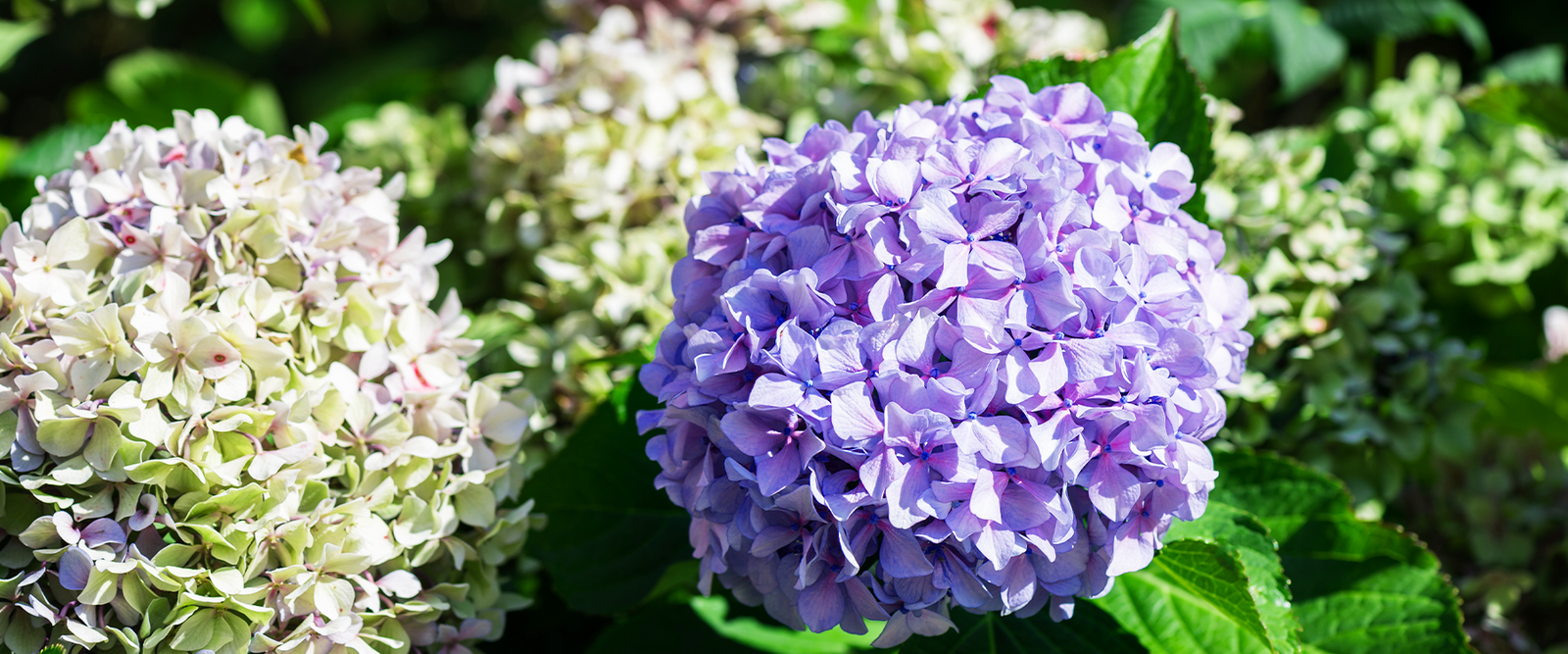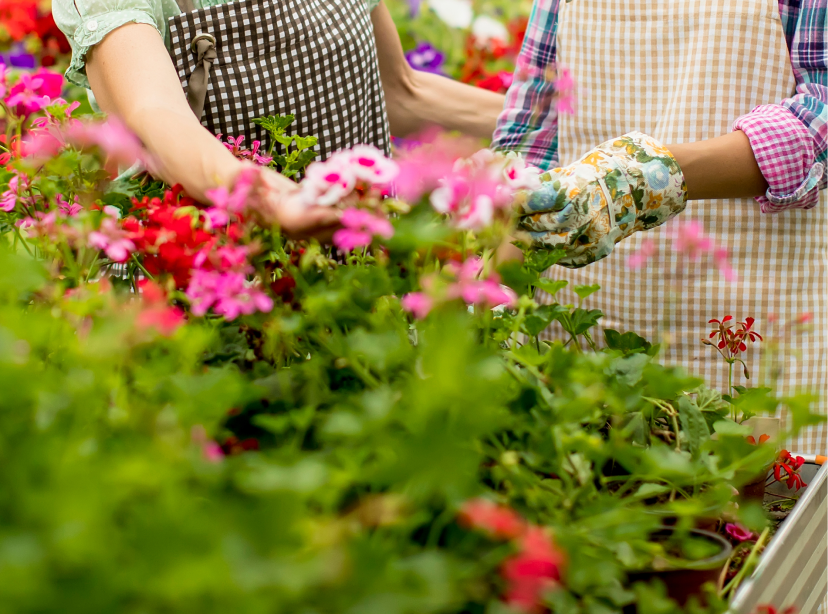Blooming hydrangeas can add so much vibrancy and color to your garden beds, flower fields, pots, and lawns in summer. These versatile shrubs grow in almost everything, making them a popular choice among home gardeners.
Hydrangeas are not only easy to grow, but they're also tough plants that are resistant to most bugs and diseases. To ensure that your hydrangea shrubs flourish throughout the season, it's best to follow a simple routine to keep them in good condition. Read on for our simple 7-step routine to ensure your hydrangeas stay healthy and vibrant this season!
1. Pick the right hydrangea for your garden
There are a wide variety of hydrangeas to choose from, each with their own requirements for sunlight, soil type, and pH level. If you're not sure what variety to add to your garden, check out these 6 popular types of hydrangea for reference.
2. Plant your hydrangea
Sun and soil conditions will vary for different hydrangea varieties. When you’re ready to plant, regardless of the hydrangea type you have, make sure not to position it too deep into the ground. If possible, plant it at the same depth of its original pot or container.
3. Keep your hydrangeas well-hydrated
Hydrangeas benefit from constant watering, especially during summer when the heat is intense and rainfall is rare. Try to give your plant an inch of water weekly, keeping the soil moist but not too wet. If you're unsure whether to water your hydrangea, you'll be able to tell just by looking at the plant itself. Typically, the plants start to lose their glow and wilt if they need water, so make sure to check your hydrangeas regularly.
4. Consider fertilizer
Although fertilizer can trigger new growth and help your plant flourish, it’s not necessarily essential for your hydrangea to survive. We only recommend adding fertilizers during spring or early summer when the soil lacks the nutrients that your hydrangeas require. If your soil is already rich in nutrients, there's no need to add fertilizer.

5. Change the color of the blooms
If you'd like to change your hydrangea's color this season, you'll have to change the soil condition depending on the palette you want to achieve. In general, acidic soil with a pH level below 6.0 yields blue to periwinkle-colored blooms. Alkaline soil with a pH level above 7.0 results in pink and red flowers. Soil with between 6 and 7 pH levels will yield pastel purple blooms. To change your pink blooms into blue ones requires adding garden sulfur or aluminum sulfate. To change your blue flowers into pink, use ground lime.
Don't be worried if the color doesn't change immediately! This process requires time and patience and may take several months for the color to change fully. Note that some varieties resist color-change, including white hydrangeas, which usually remain white regardless of their soil condition.
6. Prune your hydrangeas
Most hydrangea owners shy away from trimming their hydrangeas because of their lovely blooms, but having too many flowers can cause the whole plant to flop and lose its shape. However, some varieties of hydrangea may require minimal to no pruning at all. For more information about pruning specific varieties, check out our hydrangea pruning guide.
Bypass pruners work best with hydrangeas, so invest in a pair of pruners that are sharp and make the clean and precise cuts you need to keep your shrubs healthy.
7. Propagate your hydrangeas
To propagate your hydrangea, take a cutting that is 5-6 inches long from a branch of the hydrangea shrub and transfer it to a separate pot. Propagating is an optional step in hydrangea care, but if you want to add more of these beautiful flowers to your garden, propagating is a good choice since these shrubs rarely produce seeds to plant. It will take around 4 weeks for the roots to grow and mature. While in propagation, keep the hydrangea out of direct sunlight so it doesn't dry out and lose its moisture.
We hope these simple steps inspire you to care for your hydrangea plants and keep them healthy and vibrant this season. Happy gardening!




